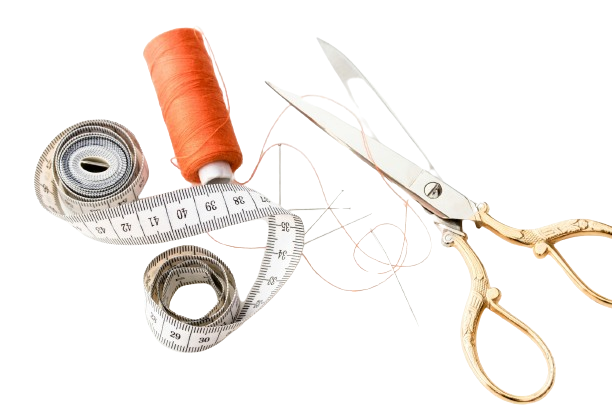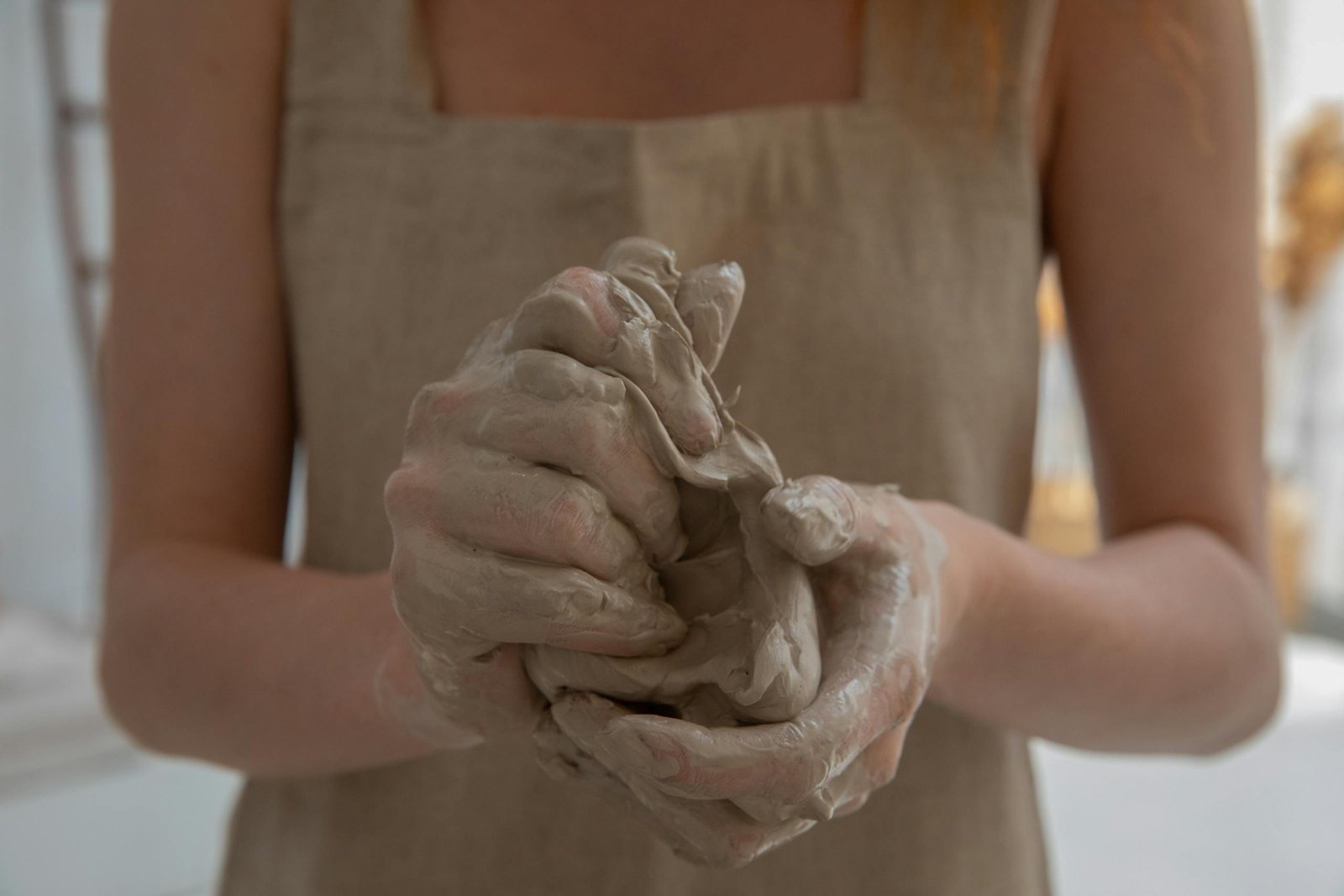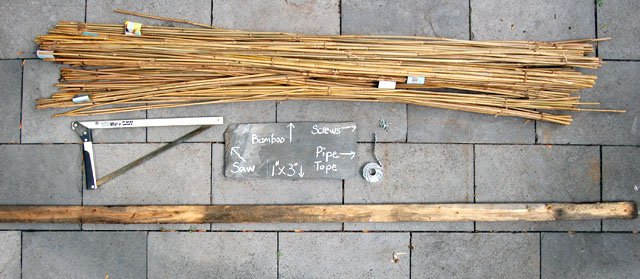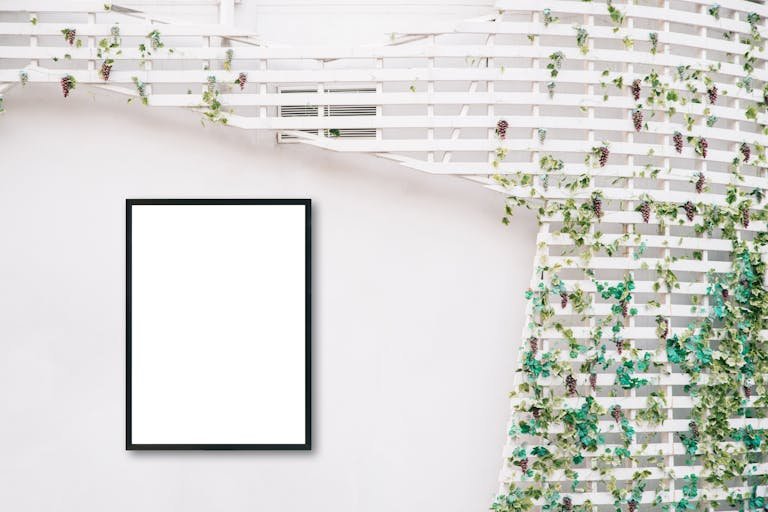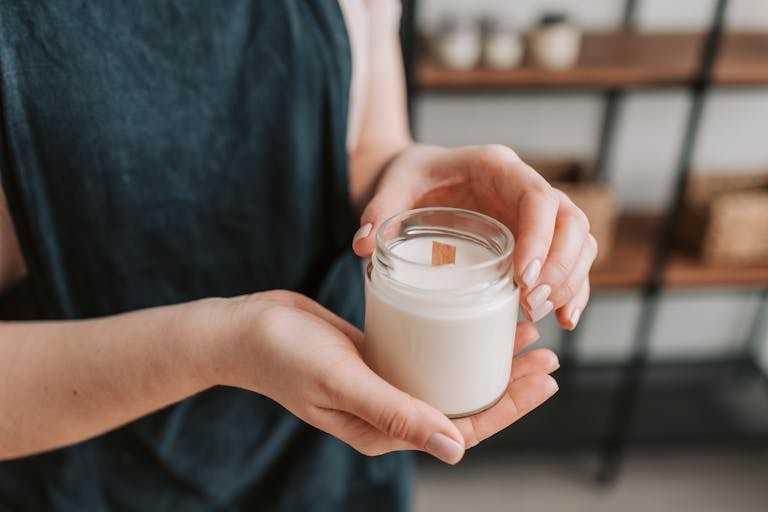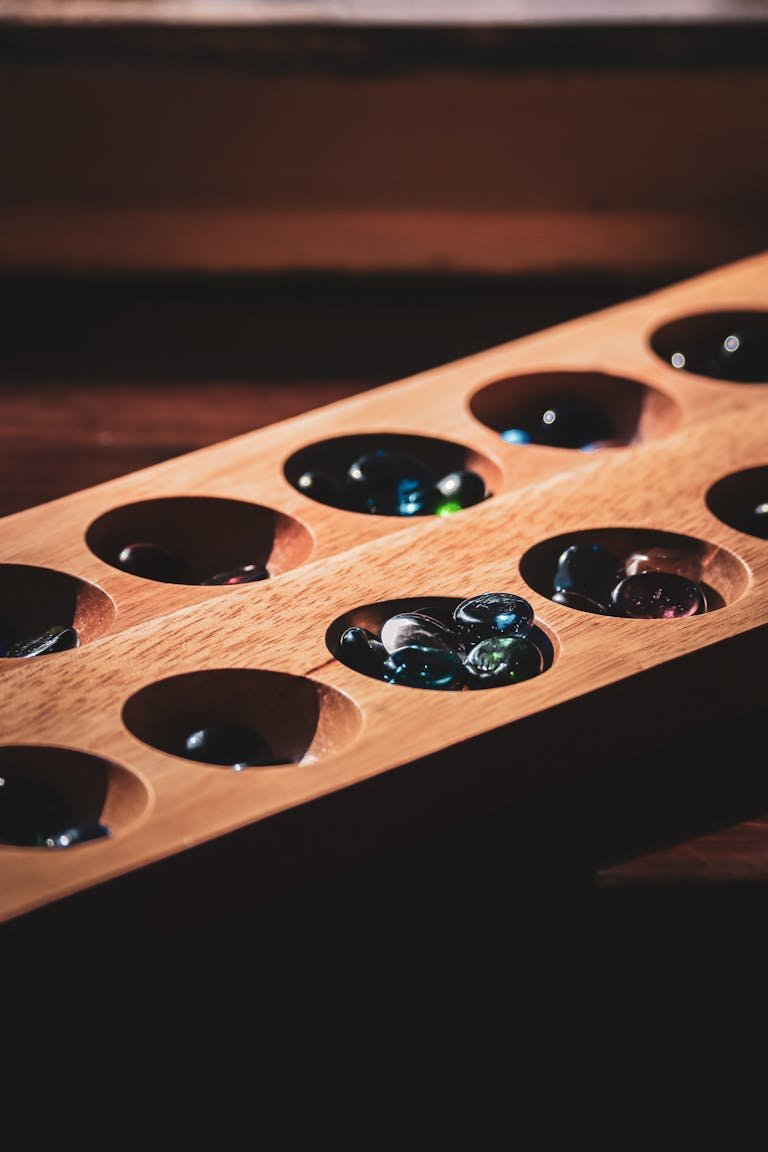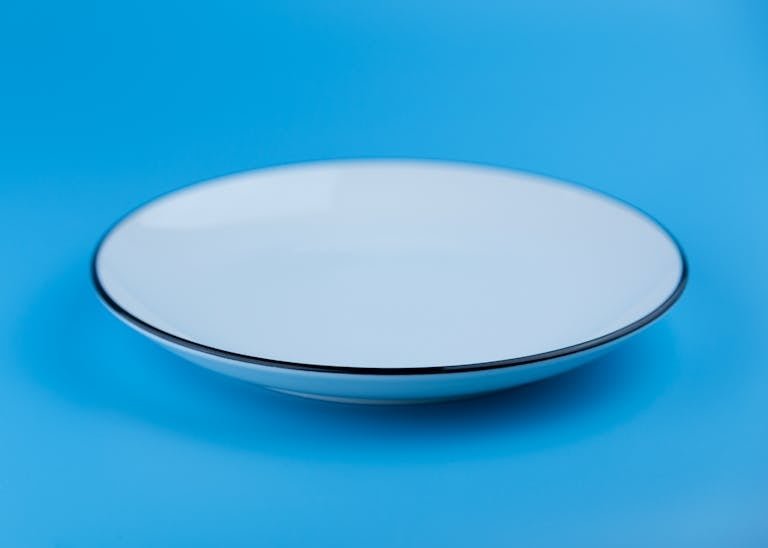Slip Clay Secrets: Ultimate Guide to Crafting Magic
Slip clay is one of the most engaging materials that are employed when it comes to crafting and industry especially when it comes to ceramics. This singular material is diverse, and for that reason has a rather interesting history and applications, whether in the more artistic realm or the world of manufacturing. In this comprehensive guide, we will explore what slip clay is, its properties, how it is made, its uses, and much more.
Understanding Slip Clay
What is Slip Clay?
Slip clay, which is often abbreviated as slip, is a liquid body that contains clay and water. This coagulant is usually in a smooth and creamy paste and is employed in several processes in ceramics and pottery. Slip consistency can therefore range from thick and stickier than gum to thin, almost approaching a watery substance.
Composition of Slip Clay
The primary components of slip clay are:
- Clay: The primary material that could be of any type of clay used in pottery or ceramics.
- Water: Used to achieve the desired flow of the mixture.
- Deflocculants (optional): Preparing chemicals that act as dispersing agents that enable the distribution of the clay particles in the water and produce an even consistency.
Types of Clay Used in Slip
Various types of clay can be used to make slip, including:
- Earthenware Clay: The most common color of earthenware clay is red-brown and this type of clay is used for making pottery and other terracotta products.
- Stoneware Clay: This type of clay is harder and is typically used for dishes and other items that require heat or fire to bake.
- Porcelain Clay: It is usually characterized by its fine grain and white color and is used in crafting more intricate ceramics.
History of Slip Clay
Ancient Uses of Slip
People have utilized slip clay for thousands of years throughout many different societies. The slip was used in pottery decoration and the making of stampings and negative decorations in the ancient period. Some notable historical uses include:
- Greek Pottery: In ancient Greek pottery, slip was used to decorate vessels in black-figure and red-figure styles.
- Chinese Porcelain: In the course of the Tang and Song dynasties, Chinese artisans applied slip to make exquisite porcelains.
- Native American Pottery: Various Native American tribes used slips to produce unique designs of pottery with painted-on decorations.
Evolution of Slip Techniques
With time, the methods used in preparing and using slips have been developed over several centuries. The changes in contemporary society have provided newer techniques that ensure accurate and standardized preparation of the slip.
Making Slip Clay
Preparing the Clay
The first step in making a slip is the preparation of the clay. This involves:
- Selecting the Clay: Selecting the right type of clay to be used for the intended application.
- Breaking Down the Clay: The clay is crushed into a finer particle size which enhances its ability to mix with water.
Mixing the Slip
The slip is obtained by adding water to the clay once the clay has been prepared in the right proportions. The process involves:
- Adding Water: The clay is put in a container and water is then added to the mixture little by little.
- Blending: The ingredients are combined until a homogeneous, smooth, and creamy batter is formed. This can be done manually, although a mechanical mixer can also be employed to do this.
- Adjusting Consistency: The slip can be thinned down or thicker according to need, by adding more water or clay.
Adding Deflocculants
In some cases, deflocculants are added to the slip. These chemicals ensure that the clay particles are well distributed in the water so that they do not clot on the base, thereby giving the required consistency. Some of the most popular types of deflocculants are sodium silicate and sodium carbonate.
Uses of Slip Clay
Decorative Techniques
Slip clay is widely used in decorative techniques in ceramics, including:
- Slip Trailing: A technique used to paint slip on the piece of pottery usually in the form of a raised pattern using a squeeze bottle or like implement.
- Slip Casting: The technique where slip-containing liquid is invested in a plaster mold to give ceramic objects. Slip coats the interior of the mold and hardens, thus giving the final form of the molded object.
- Slip Painting: To engage the basic technique of painting with slip, it is placed on the piece of pottery and smeared on the object’s outer surface. This technique can also be used to produce rather complex patterns and designs on the fabric.
Functional Applications
Beyond decoration, slip clay has several functional applications:
- Joining Pieces: Slip is often used as a “glue” to join different pieces of clay together. This is particularly useful in hand-building techniques and repairing broken pottery.
- Surface Treatment: Slip can be applied on a clay piece to give it a smooth look or even for glazing and painting work.
Advantages of Using Slip Clay
Versatility
A major highlight of slip clay is its flexibility and that is explained below. They can be employed in the fabrication of a broad range of designs, including ornamental patterns and shapes. This makes it a priceless tool for artisans as well as industrial producers in their production processes.
Ease of Use
Slip clay is relatively easy to work with, and this material is suitable for both novices and experienced masters of pottery. It is easy to apply, as it has no lumps and can be easily modeled to get the desirable outcome.
Customization
Slip clay is quite versatile and may be specifically tailored to a technique’s requirements. Artists and potters can alter the proportions of clay and water used in a slip or even use other kinds of clay in order to achieve different results.
Common Issues and Troubleshooting
Settling
A typical problem with slip clay is falling or sedimentation whereby the clay particles precipitate to the base of the container while water floats on top. This can be prevented by either frequent agitation of the slip or by adding deflocculating agents to help keep the particles in a state of suspension.
Cracking
Steering wheels can crack if the slip is too thick or if the material dries out too fast. To prevent this, make sure that the slip is of the right consistency and that it is allowed sufficient time to dry uniformly.
Contamination
Slip contamination is dangerous because it results in the production of substandard products. When applying slip and preparing the mixture one should ensure that the tools and containers being used are clean.
Read Also: How Much Are Susan B. Anthony Dollars Worth?
Final Words
Slip clay is among the most necessary items used in ceramics and pottery. Being flexible, highly usable, and easily adjustable, it is a useful instrument for artisans and large-scale producers. Having provided a clear outline of slip clay’s definition, formulation, and uses, it is possible to grasp its significance and possibilities as a material used in creativity. This is especially true if you are a beginner and have not been familiar with slip clay and its uses in your ceramic pieces.
